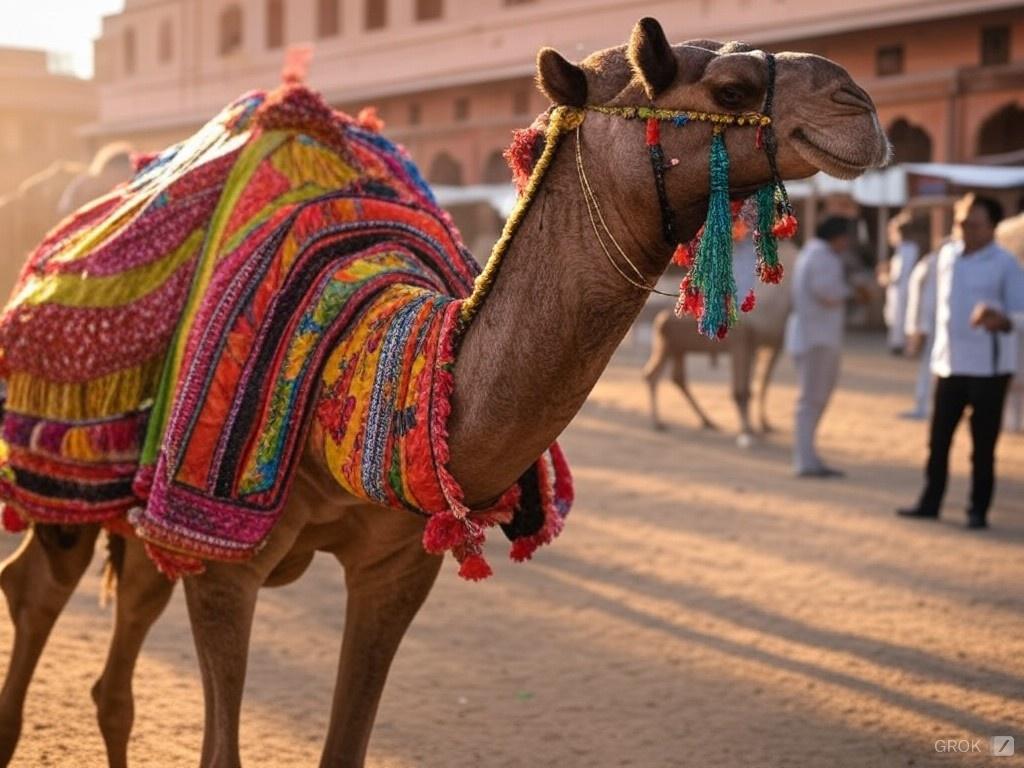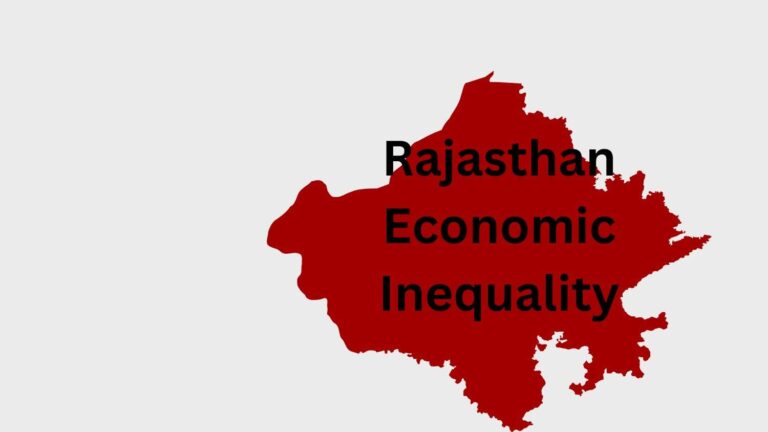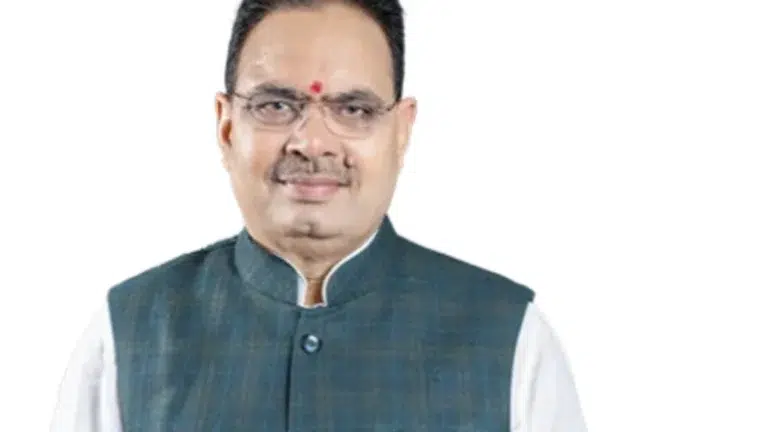There are certain districts of Bikaner and Jaisalmer in Rajasthan which encompass both cultural wealth and severe economic inequality. A recent wave of comments and discussions on social media sites like X has brought into focus grave income inequalities within these regions, where concentration of wealth among top earners has reached ruinous levels.
The landscape of Bikaner and Jaisalmer, along with their blending of history and desert lands, is fast becoming a backdrop to the discourse on economic disparity. The wider income gap in these areas is not just a statistic but a lived reality for millions. Recent analyses suggest that the income share enjoyed by the richest 1% in Rajasthan is now on the increase-also indicative of a trend at the national level where the ‘billionaire raj’ is overtaking the economic parity marked during post-Independence.’
Bikaner-Jaisalmer: Wealth Gap Widens
Wealth has increased in some of the few business communities within Bikaner, while most of its inhabitants struggle with some basic amenities. This district is famous for Bikaneri bhujia and handicrafts, but the economic conditions of its residents tell a different story. Here, the top earners hold a disproportionate share of the wealth, while middle and lower classes struggle to meet even basic needs.

Something similar can be observed about Jaisalmer, which is popularly known as the ‘Golden City’. The small population richness is enriched by the tourism economy from the Jaisalmer Fort and the annual Desert Festival. It has not benefitted many locals, with the wealth of some people concentrated in these few individuals and not trickling to the community as a whole.
The wealth concentration was not only towards income but also towards resource access. Within these two districts, the most visible disparities can be seen in education, health care, and even infrastructure development. While there are areas where modern amenities like roads and schools exist, other places are still clamoring for essential services like clean drinking water and electricity. Further, the uneven development has been made worse by policies that continue disfavoring the poor, thus enabling concentration of wealth.
With personal accounts, statistics, and calls for policy reform, discussions on X have highlighted these issues. Users have observed how economic growth in Bikaner and Jaisalmer has largely ignored the masses, creating a society with pronounced contrasts in wealth. There is a demand for an equitable distribution of economic benefits, with many pushing for increased taxes on the super-rich, better public investment in education and health, and policies aimed at inclusive growth.
Local activists and NGOs have been increasingly vocal in emphasizing the need for a change. They advocate the ‘revisiting of land rights, the creation of jobs in rural areas, and the promotion of small-scale industries which will employ more people from the lower economic strata’. In addition, there are advocates for transparency in the management of tourism revenues, such that wealth generated from visitors should more directly take its course to the benefit of local inhabitants.
This inequality crisis in Bikaner and Jaisalmer is just a smaller reflection of the larger issues that India’s economy faces in regard to its generation of wealth. As these processes find traction, it is yet to be seen how policymakers are preparing to address this critical issue, short-term remedial or long-term structural measures. In the mean time, the struggle against wealth concentration in these districts goes on; it may be that in time the burning sands of Rajasthan will carry reflections of opportunity for all its citizens, not just the privileged few.




